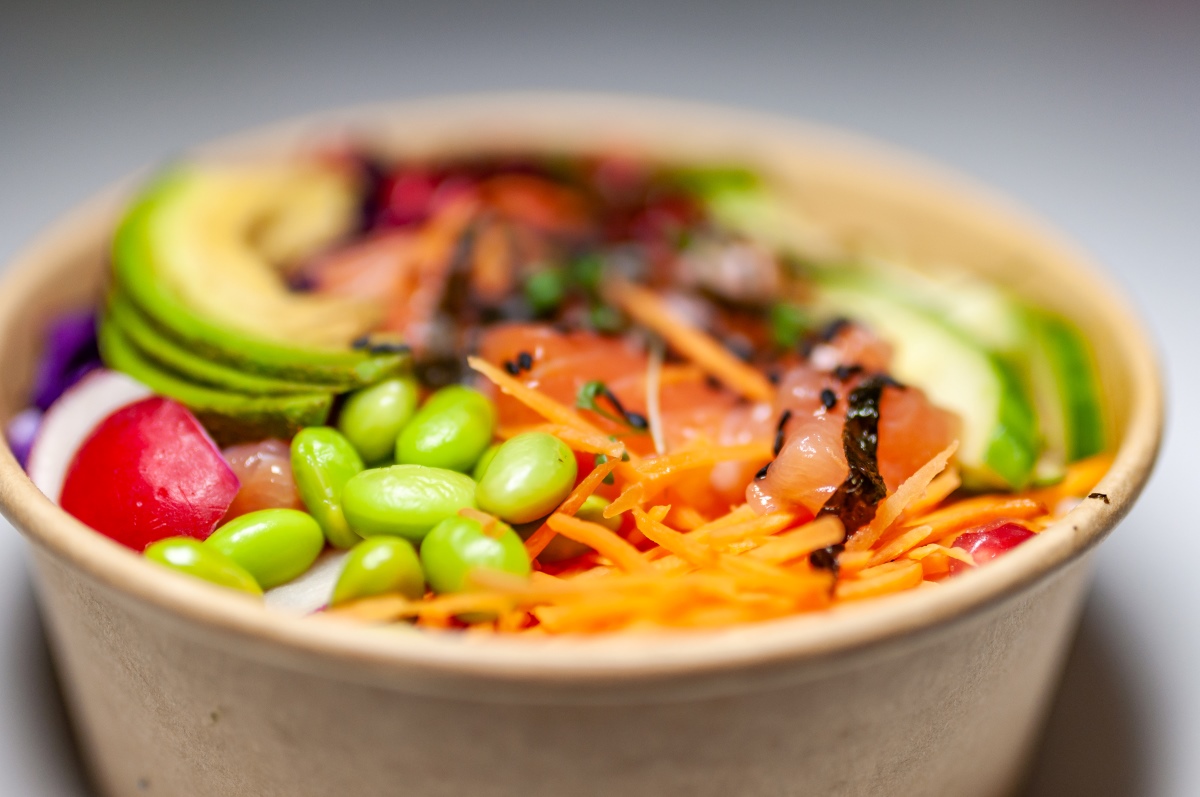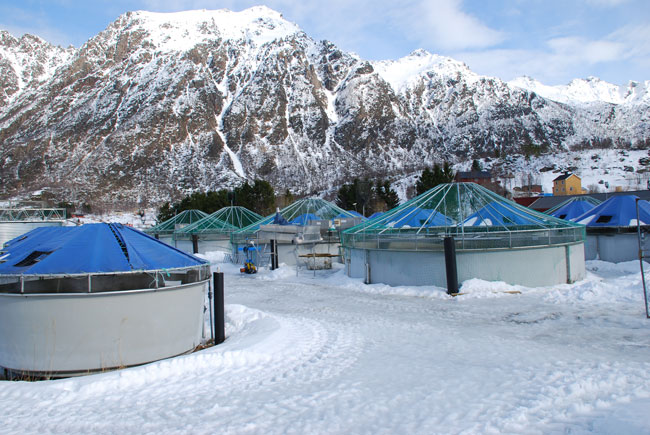Italians so hungry for salmon, says Seafood Council

Italy has now grown to become Norway’s third largest market for salmon, says the Norwegian Seafood Council.
A country renowned for its pasta dishes seemingly cannot get enough of the pink fish, the figures show.
The Seafood Council says salmon consumption in Italy has increased significantly over the past three years.
It has already established a good presence in several grocery chains in Italy, and now plans to take greater action on the part of salmon that is eaten outside the home - for lunch and dinner in restaurants.
Tom-Jørgen Gangsø, the council’s envoy to Italy, said: “Traditionally, Italians often eat outside the home.
"It was therefore expected that home consumption of salmon would decrease after the pandemic.”
He added: “In the first quarter of this year, there was a slight decline in home consumption of salmon, while salmon consumption outside the home has increased by 17% compared to the same period last year. Salmon does particularly well on weekdays at lunchtime.”
The council says sushi/poke is growing strongly and it is estimated that there were 1,000 poke restaurants in Italy by the first half of this year.
It is now thought this figure could grow to over 2,000 over the next few years. Several of these are organised in chains and the restaurants are typically found in the big cities such as Milan, Rome, Turin, Bologna and Naples.
It is usually young adults between 18-34 years who eat poke, followed by adults and families (34-44 years). There is also a growing interest among teenagers under 18.
Poke is a distinctive lunch dish and is considered seafood's "fast and healthy food". It is often served with salmon, tuna, prawns, chicken, squid or tofu.
Tom-Jørgen Gangsø believes there are still opportunities for increased sales of salmon to Italian homes, especially among single-person households, younger age groups and in southern Italy.
“We expect that Italians will shop for salmon more often in the long term, as there is a trend for more people to shop more often. They simply use the convenience store as a refrigerator, “ he added.
Process Technician - Mowi Scotland
Skye & Lochalsh£26,677 to £32,604 per annum
Planning & Logistics Internship - Mowi Scotland
LochaberSalary On Application
Hatchery Technician (Inchmore) - Mowi Scotland
Inverness£27,236 to £33,990 per annum
Account Executive - Mowi Scotland
RosythSalary On Application
Industrial Electrician - Loch Duart Ltd
Dingwall£45,000 to £50,000 per annum




